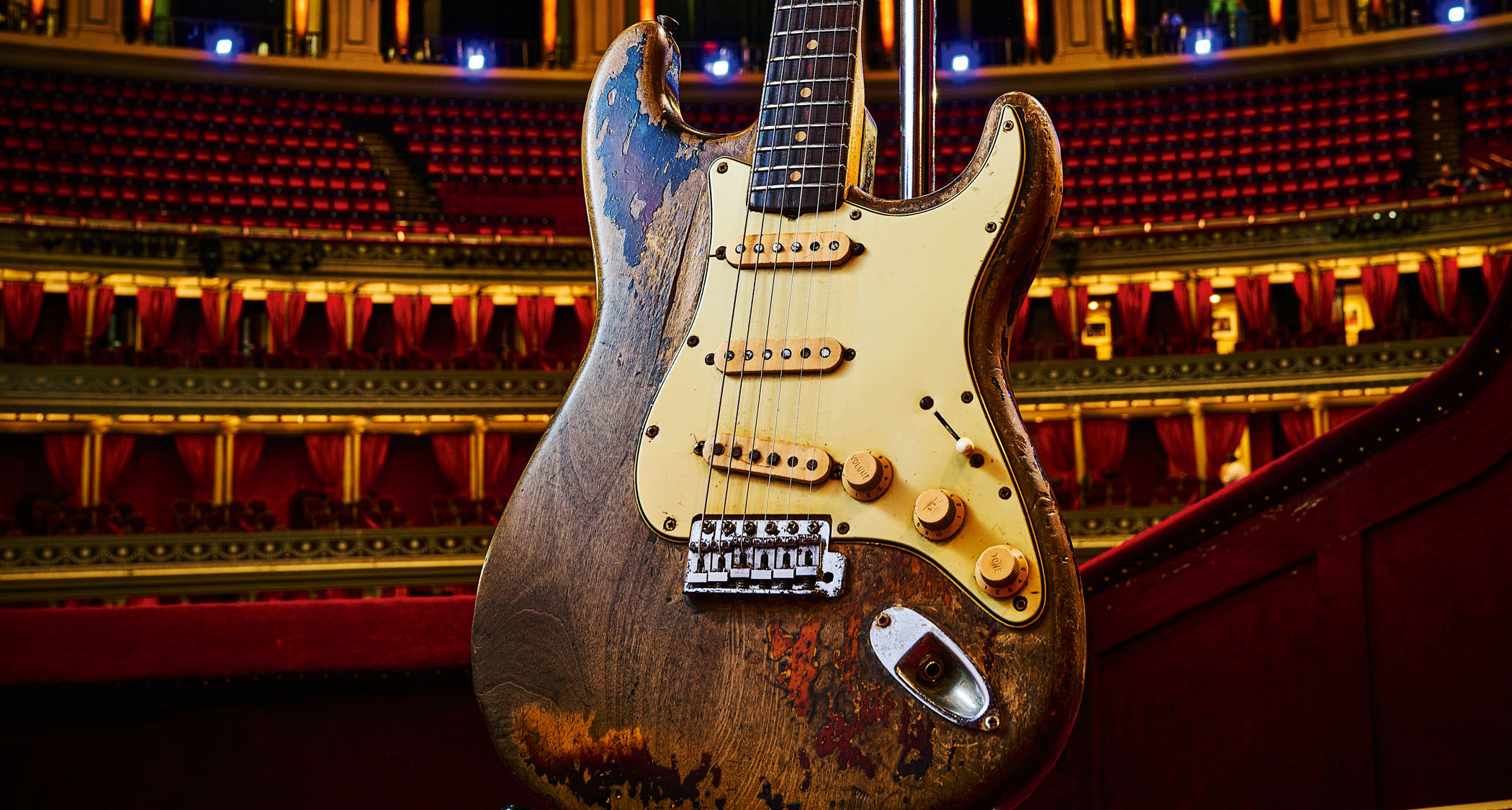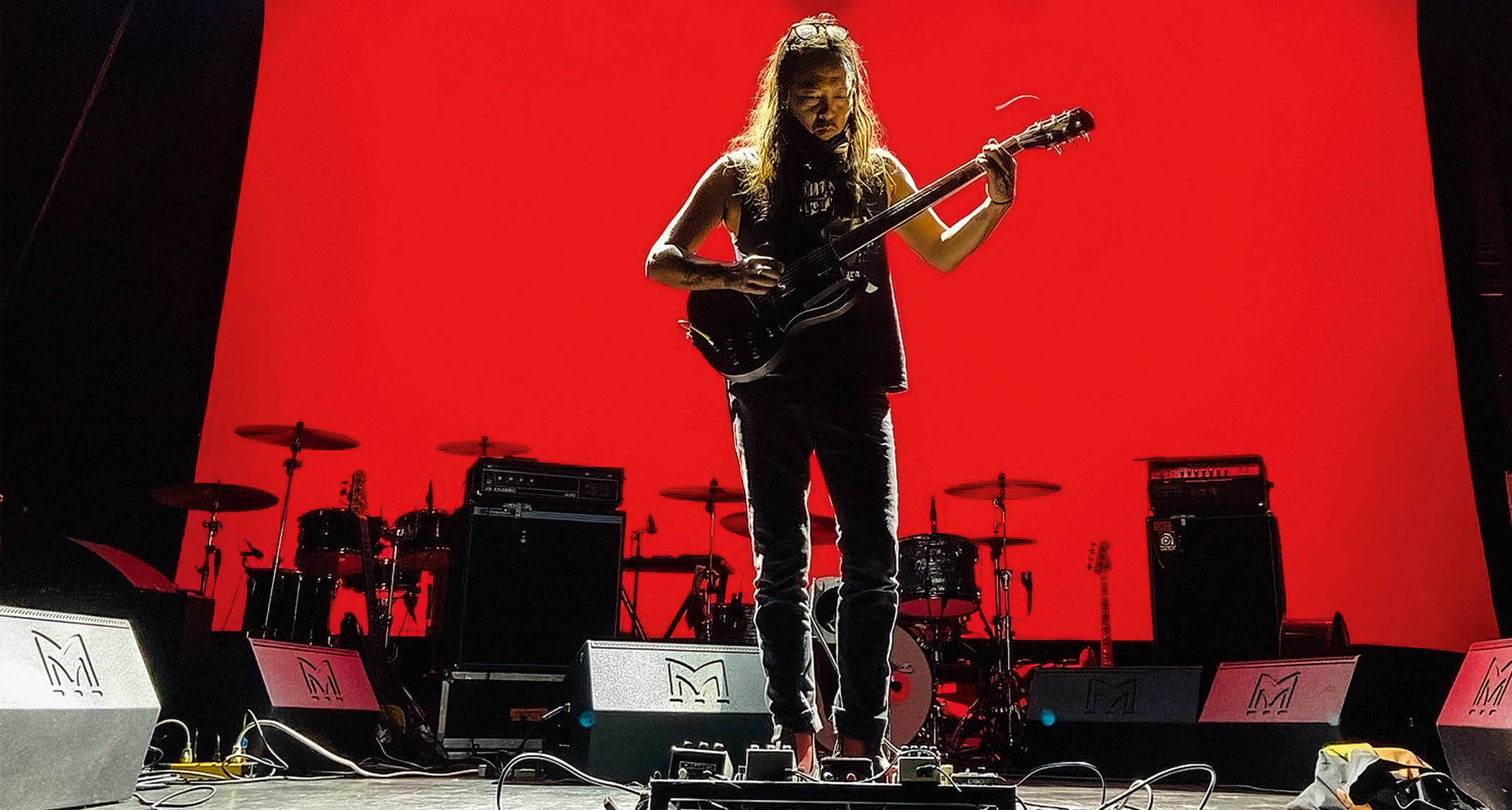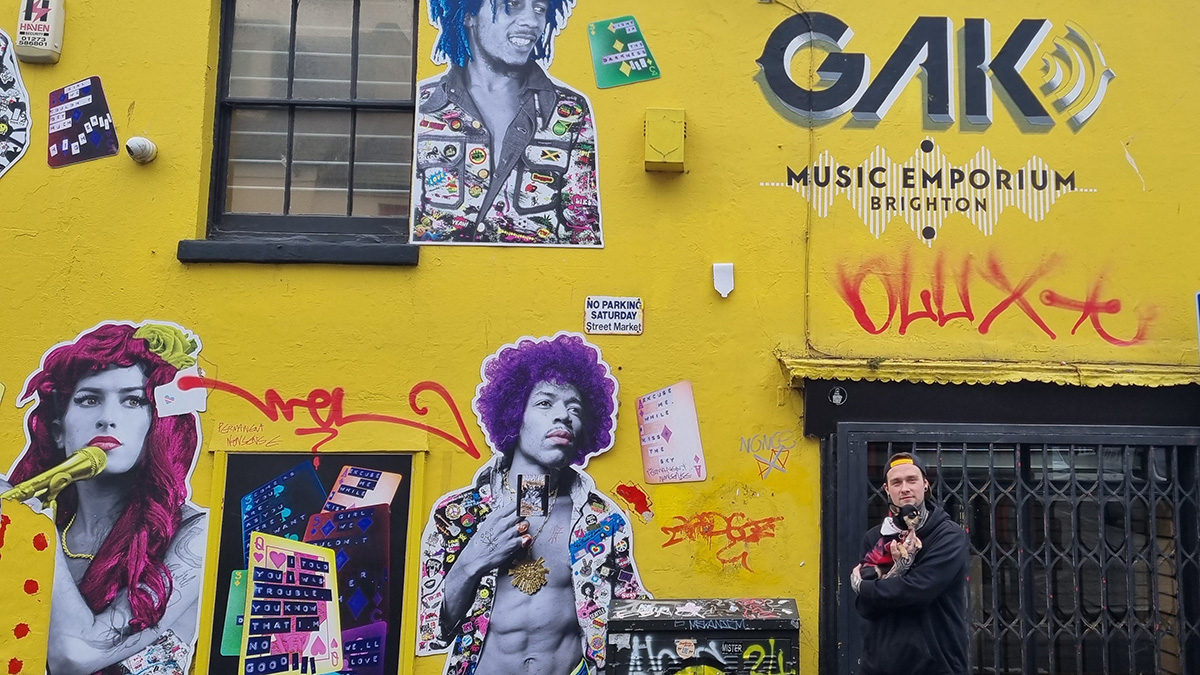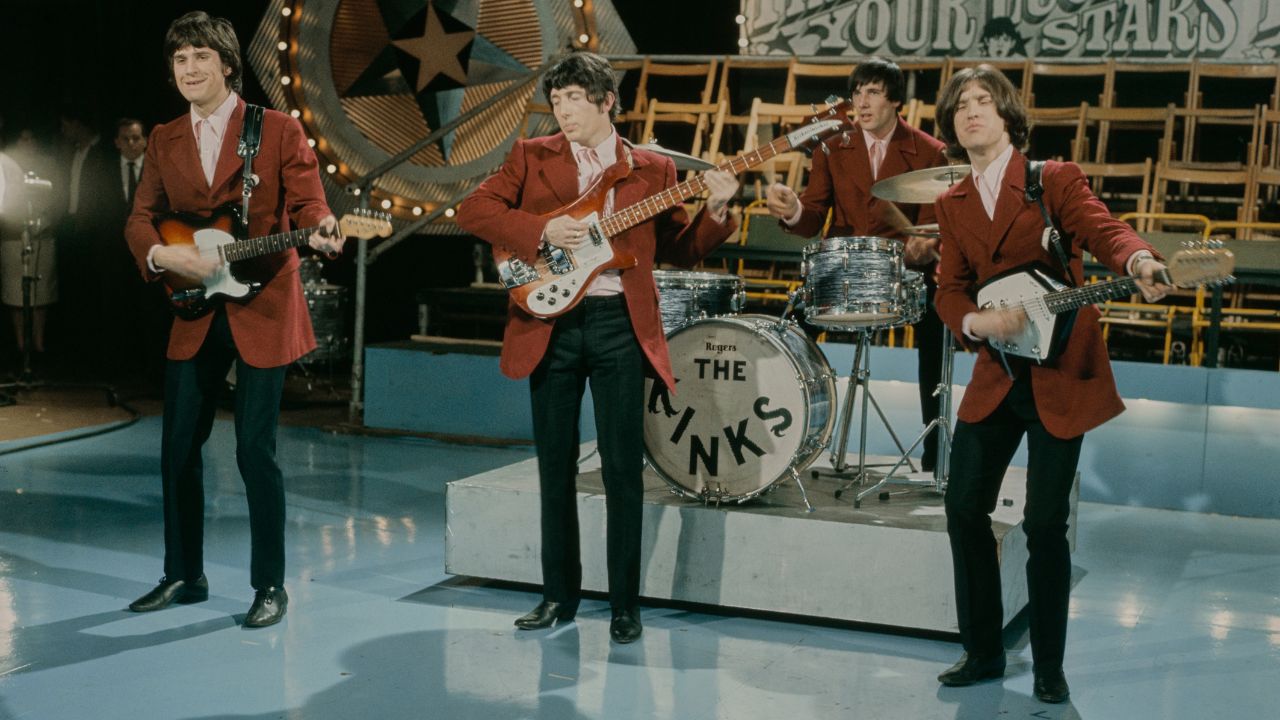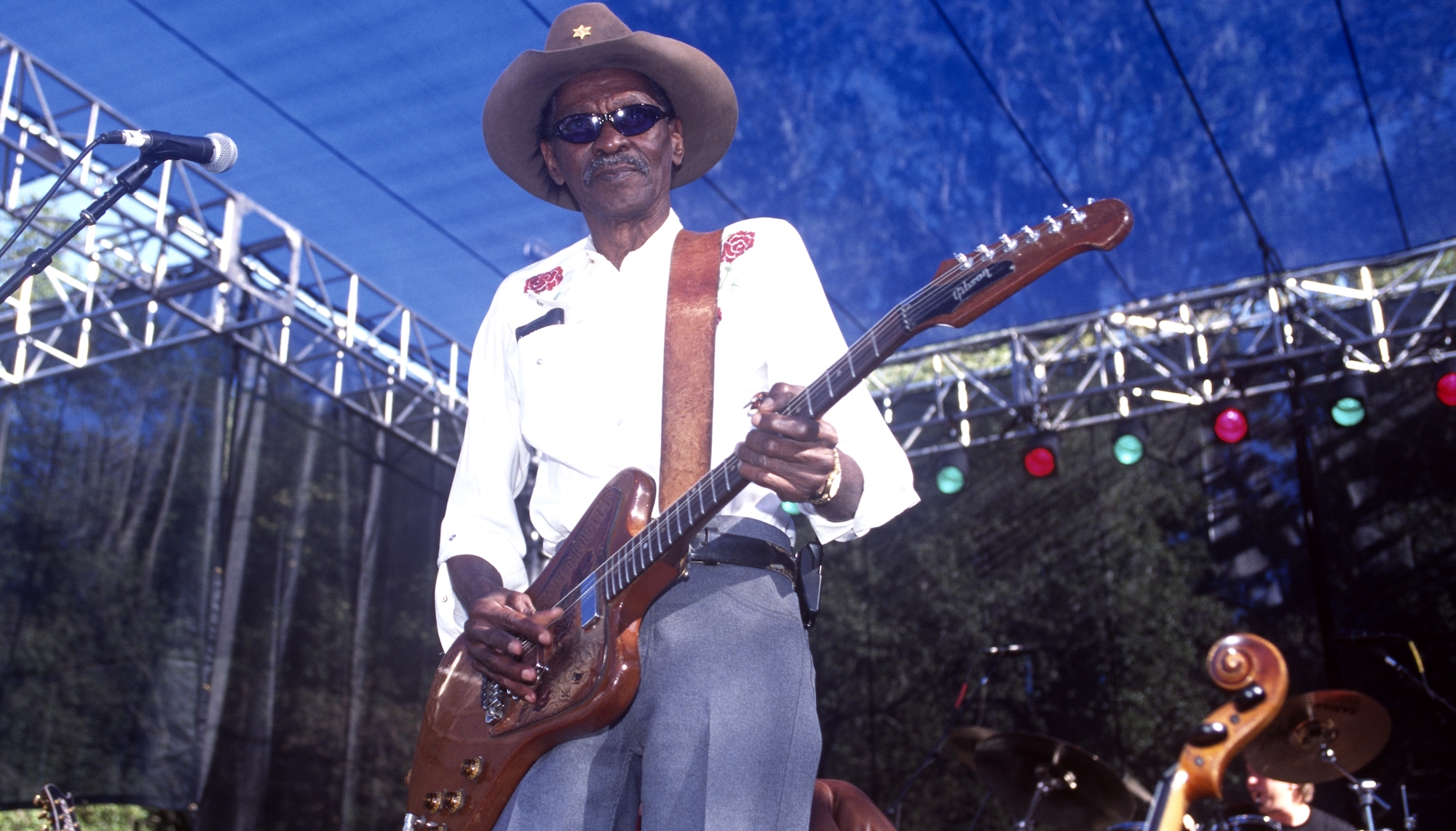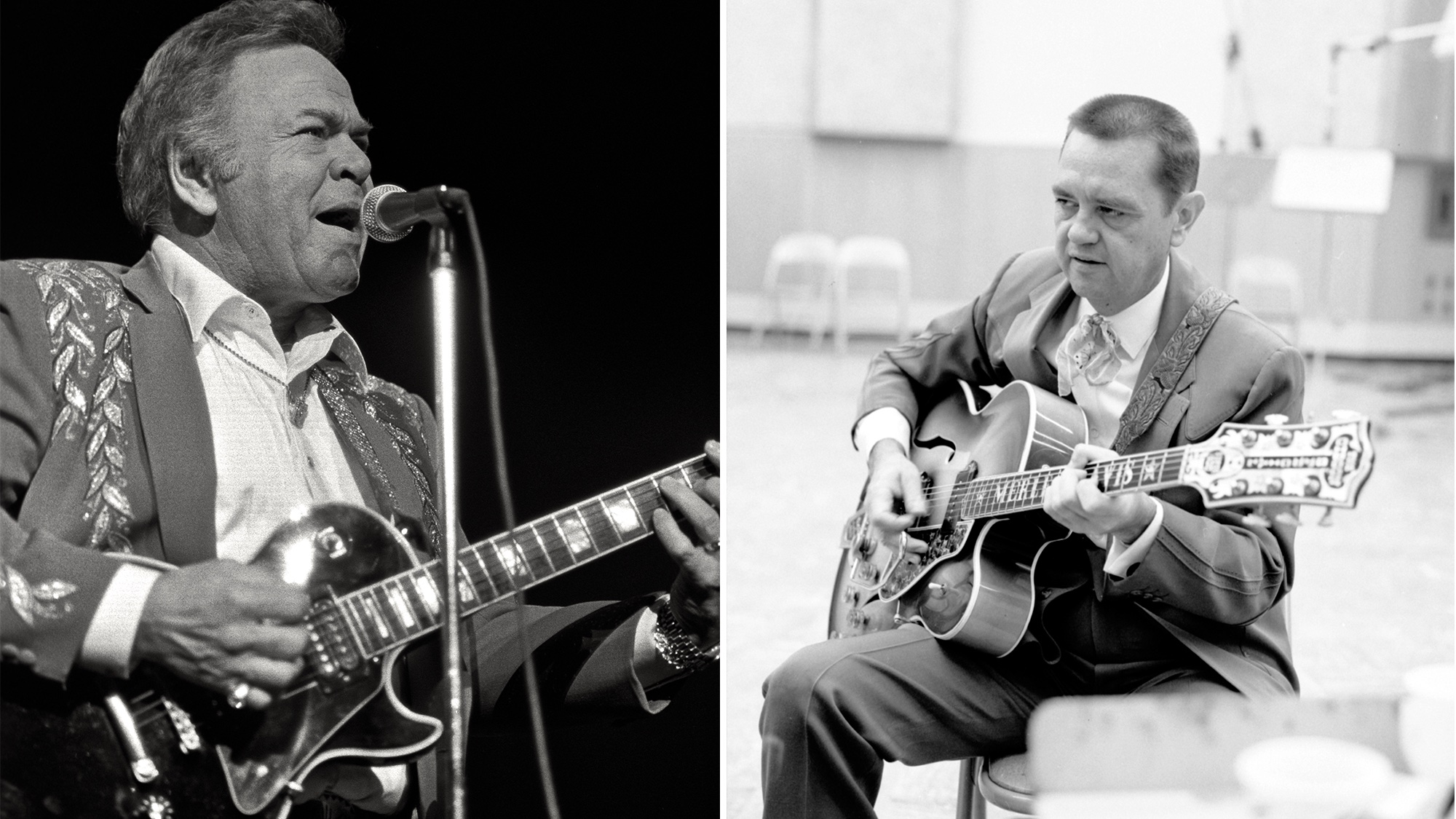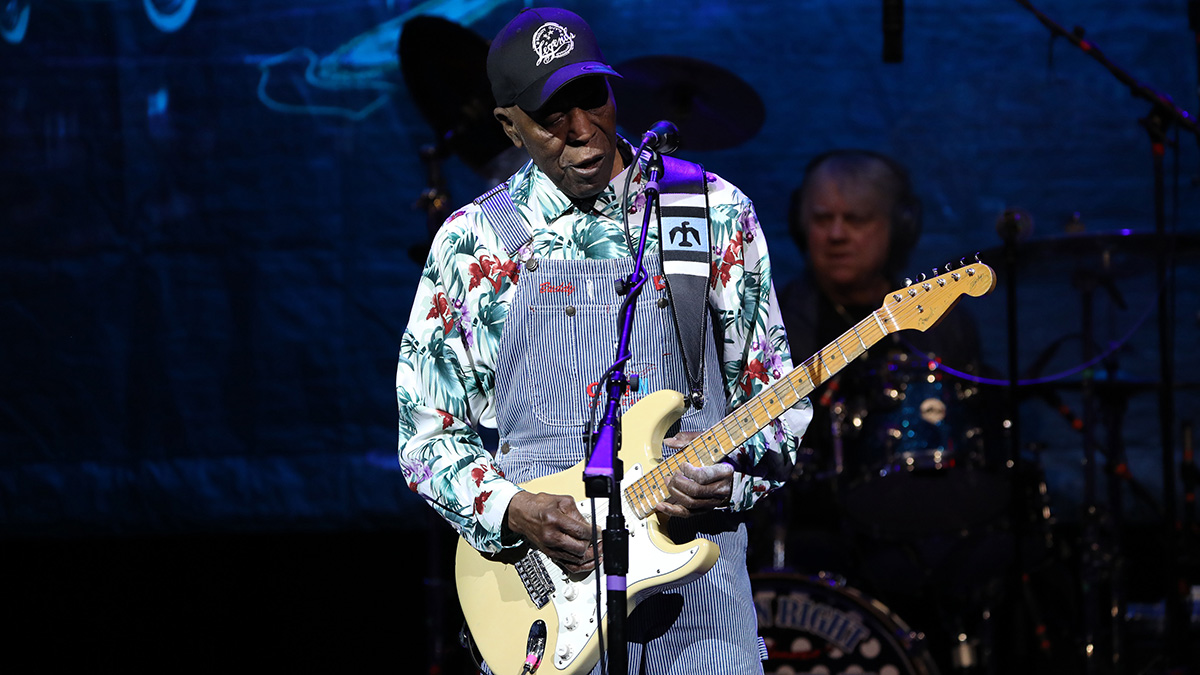Psychedelic Porn Crumpets’ Jack McEwan: “It’s the clean tone that really defines what a great guitar sounds like”
For their ambitious fourth album, the Perthian psych-lords in PPC get louder and rowdier than ever before
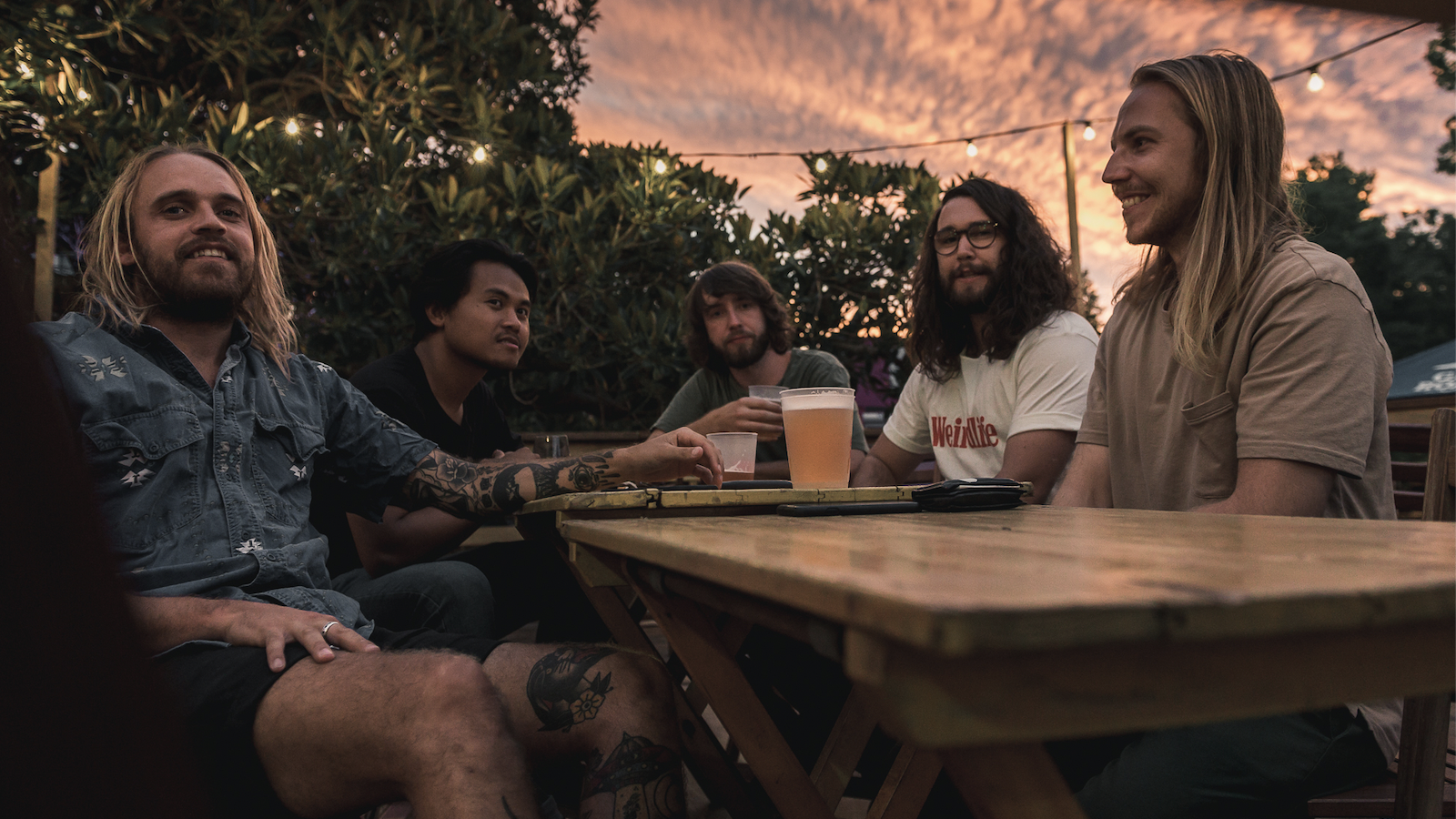
Surrender to the render.
That’s what listeners will hear echoing in a sinister buzz at the end of “Big Dijon”, the eerie opening track on Psychedelic Porn Crumpets’ fourth full-length effort, Shyga! The Sunlight Mound. And they don’t really have a choice in the matter, because from second lead single “Tally Ho” kicks in with its thumping drums, roaring lead and chugging bassline, the Perthian trailblazers deliver a breathless onslaught of huge, heaping instrumentation slathered in effects, catchy as hell and primed for the pit.
Australian Guitar caught up with frontman Jack McEwan to riff on how the band approached the ambitious task of amping their energy up to 11 on LP4, and why sometimes it helps to brutally critique your own art.
How did you want this record to encapsulate what Psychedelic Porn Crumpets is and means and represents, and how did you want to concentrate that energy into it?
I think we wanted to change things up a bit. I was saying to another person about how we used to write these ten-minute songs, and it wasn’t until [Luke Parish, guitar] showed us the original concept of this record – the greatest hits of this fictional character that we were going to sort of build and explore – that we thought about moving beyond that.
There’d be a rock track, there’d be like a cross between electronic and acoustic, and then there’d be something like “Mr. Prism” – and I think after we spent a while talking about it, we realised there were too many ideas going on, and not enough of a flow. So we sort of just scrapped everything and worked back from three tracks; we were like, “Okay, we’re going to think about the album itself now, rather than just songs.”
There were a lot of times where I’d write a track, and then straight after that we’d move on linearly to the next song, and go, “It needs to be in this BPM, it needs to end in this key, and it needs to sort of move more like a medley.” So for instance, you’ve got “Hat’s Off To The Green Bins” going into “Glitter Bug” and “More Glitter”, into “Pukebox” – I was really happy with how those tracks all connected. Whereas before, I think we were sort of mismatching tracks and putting them together in a more jumbled way; I was trying to make it all feel like one big come-up.
That ebb and flow is a really important thing. When you sit down and listen to a record from start to finish, the way one track influences the next makes all the difference.
Definitely! Sometimes a track sounds really slow, and you’re just like, “Why does that sound like this?” But when you pair it with another song, the whole atmosphere of that slow song changes. So yeah, I was thinking a lot more about that.
Get The Pick Newsletter
All the latest guitar news, interviews, lessons, reviews, deals and more, direct to your inbox!
I can totally see these songs being the kind that you’d just get totally lost in – was there much improv going on?
I think with “Mundungus”, we had that idea in Melbourne – we were staying at a backpackers where we were stuck for, like, eight days. I remember we got bedbugs there before we went to Party In The Paddock [laughs]. That was years ago, when we still had the whole big band influence – we had horns and we were trying to aim for something more swing-like, I suppose. But that was probably the only one that was preconceived.
The rest of the album just sort of happened. We’d just sit in our bedrooms and record. And now we’re having the struggle of trying to replicate them live. We might have gone a bit too ham on the ol’ glitch effects [laughs]. But there’s ways of doing them – old mate Chris [Young, keyboard] just sent me a Diamond pedal with this harmony delay on it. But I want to look for a tremolo that does syncopated rhythms rather than 4/4. If you could tap-tempo a glitch delay, that’d be cool.
My first thought when I listened to the record was, “So many of these songs are going to just pop the f*** off in the pit.” Did you have the live show in mind when you were putting this record together?
I think “The Terrors” will be so fun to play. That song, for me, just feels like a trainwreck – the whole thing is just relentless. I think there’s one little soft part after the chorus, and then it goes straight back in, louder and heavier. That was definitely the intentional sort of ‘big release’ on the record – and then obviously the end of “Mr. Prism”, which we actually jammed! I remember just being like, “I can’t release this.” It was too nice and poppy at the start, so it needed a heavy bit at the end. And then when we do play it live, we go into “Bulls On Parade” [by Rage Against The Machine], so it just erupts.
Yeah, there are definitely parts when I’m writing where I’m obviously trying to think about how the album will flow, but then sometimes with the riffs… I actually saved all the heavy bits I was writing for a record that we’re working on at the moment, so that’s got more of the metal, Drop B-type guitars that didn’t work for this record; they’d stand out too much if they were on Shyga!
Crumpetcore!
Yes mate! It’s sort of like Tool meets The Mars Volta, but with some Dopesmoker vibes. Lots of Drop B. It’s all very fast paced, with heavy riffs.
What kinds of guitars were you shredding out on for this record?
I think I had two Fender Jazzmasters. Luke had a Powercaster and a Tele. And then Chris had a Gibson SG that he played on “Mundungus” – we did that one down at Tone City. But yeah, mostly Fenders.
What is it about the Jazzmasters that you just can’t get enough of?
The higher up the neck you go on the low E string, it’s like… It’s almost got a natural cutoff to it when we play through the Hod Rod amp. But it’s also the cleanest thing to DI with. We’re just always getting the perfect sounds with it, and we can change a lot of the stuff in post if we need to. That’s the best part about playing a Jazzmaster; I remember going down to the shop and sitting down, and they’d give me a dry pedal or something to play though. But it’s like, every guitar is going to sound sick through a dry pedal or a fuzz pedal – it’s the clean tone that really defines what a great guitar sounds like.
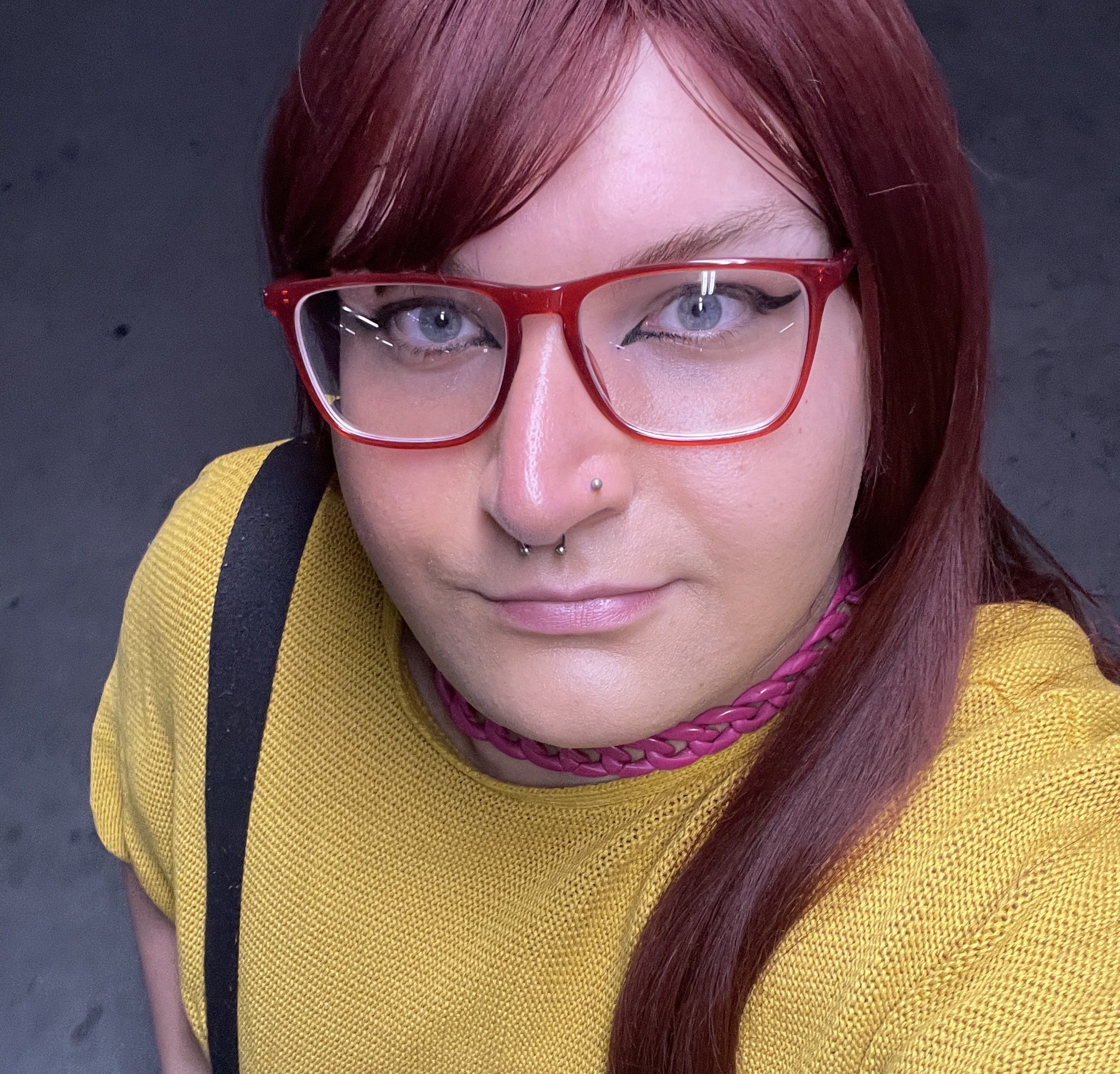
Ellie Robinson is an Australian writer, editor and dog enthusiast with a keen ear for pop-rock and a keen tongue for actual Pop Rocks. Her bylines include music rag staples like NME, BLUNT, Mixdown and, of course, Australian Guitar (where she also serves as Editor-at-Large), but also less expected fare like TV Soap and Snowboarding Australia. Her go-to guitar is a Fender Player Tele, which, controversially, she only picked up after she'd joined the team at Australian Guitar. Before then, Ellie was a keyboardist – thankfully, the AG crew helped her see the light…
“Stevie came to my 5th birthday and gave me a pawnshop Harmony. It didn’t have a gig bag, it had two paper grocery bags on either end”: Tyrone Vaughan descends from blues greatness – and SRV helped him start his guitar journey early
“Live right up to the last breath and stay positive about the world, your family and the environment you live in”: Mike Peters, frontman of the Welsh band, The Alarm, has died aged 66
